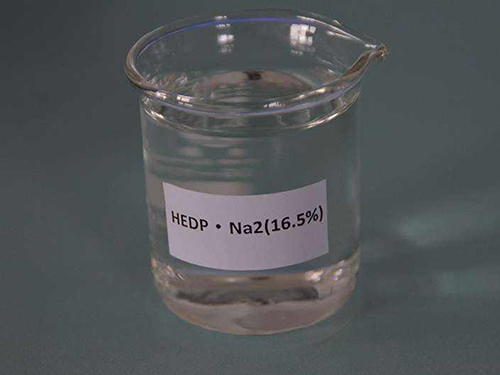Exploring the Applications and Benefits of Polyacrylamide in Various Industries
The Function and Applications of Polyacrylamide
Polyacrylamide, often abbreviated as PAM, is a synthetic polymer derived from acrylamide monomers. This versatile compound has gained significant attention for its multifaceted functions and applications across various fields, including agriculture, wastewater treatment, and biomedical research. This article explores the functionality of polyacrylamide, emphasizing its characteristics, mechanisms, and potential applications.
Properties of Polyacrylamide
Polyacrylamide is known for its unique chemical and physical properties, which make it a useful agent in numerous applications. It is a water-soluble polymer with a high molecular weight, providing it with excellent viscosity-enhancing traits. When dissolved, it forms a thick gel that can retain large amounts of water, making it an ideal agent for soil retention and moisture management. The polymer exists in various forms, including anionic, cationic, and nonionic, each tailored to specific applications.
The anionic form has a negative charge and is often used to improve soil structure and enhance water retention. In contrast, the cationic form carries a positive charge and is typically utilized in wastewater treatment processes due to its ability to flocculate and remove suspended particles. The nonionic variant serves versatile purposes, providing balance and effectiveness in various conditions.
Agricultural Applications
One of the principal functions of polyacrylamide is in agriculture, where it serves to improve soil quality and water retention. By adding PAM to sandy soils, farmers can enhance the soil's ability to retain moisture, thus reducing irrigation needs and promoting healthier crop growth. This is particularly beneficial in arid and semi-arid regions where water scarcity is a pressing issue. PAM not only aids in keeping the soil moist but also minimizes erosion, improves aeration, and facilitates better root establishment.
Additionally, polyacrylamide is employed in the controlled release of fertilizers. When integrated with fertilizers, PAM slows down the release of nutrients, ensuring that they are available for crop uptake over an extended period. This not only enhances crop yields but also minimizes nutrient runoff, which can lead to environmental pollution.
polyacrylamide function

Wastewater Treatment
Polyacrylamide plays a critical role in the treatment of wastewater and industrial effluents. In this context, its flocculating properties help to coagulate suspended solids and facilitate their removal from water. The cationic form of PAM is particularly effective in this process, as it attracts negatively charged particles, forming larger aggregates that can be easily removed through sedimentation or filtration.
The use of PAM in wastewater treatment addresses several environmental concerns. By effectively removing contaminants from water, it helps in the protection of aquatic ecosystems and ensures compliance with environmental regulations. Furthermore, the implementation of PAM can enhance the efficiency of sludge dewatering processes, reducing the volume of waste that requires disposal and minimizing operational costs for treatment facilities.
Biomedical Applications
Beyond environmental applications, polyacrylamide has made significant inroads into the biomedical field. Its biocompatibility and hydrophilicity allow it to be used in drug delivery systems, tissue engineering, and as a medium for electrophoresis. In drug delivery, PAM can be engineered to release therapeutic agents in a controlled manner, improving the efficacy of treatments and minimizing side effects.
In tissue engineering, polyacrylamide hydrogels are utilized as scaffolding materials to support cell growth and tissue regeneration. These hydrogels provide a conducive environment for cells to proliferate and function, paving the way for advancements in regenerative medicine.
Conclusion
Polyacrylamide stands out as a versatile polymer with numerous applications spanning agriculture, wastewater treatment, and biomedical research. Its unique properties afford it significant functionality in improving soil quality, enhancing water retention, treating wastewater, and contributing to medical advancements. As research continues to unravel the potential of polyacrylamide, its applications are likely to expand further, offering innovative solutions to current global challenges in food security, environmental sustainability, and healthcare. Understanding and harnessing the functions of polyacrylamide can lead to significant improvements in both agricultural practices and environmental management, underscoring its importance in today’s society.
-
lk-319-special-scale-and-corrosion-inhibitor-for-steel-plants-advanced-solutions-for-industrial-water-systemsNewsAug.22,2025
-
flocculant-water-treatment-essential-chemical-solutions-for-purification-processesNewsAug.22,2025
-
isothiazolinones-versatile-microbial-control-agents-for-industrial-and-consumer-applicationsNewsAug.22,2025
-
scale-inhibitor-key-solutions-for-water-system-scale-preventionNewsAug.22,2025
-
organophosphonates-versatile-scale-inhibitors-for-industrial-water-systemsNewsAug.22,2025
-
scale-and-corrosion-inhibitor-essential-chemical-solutions-for-water-system-maintenanceNewsAug.22,2025





